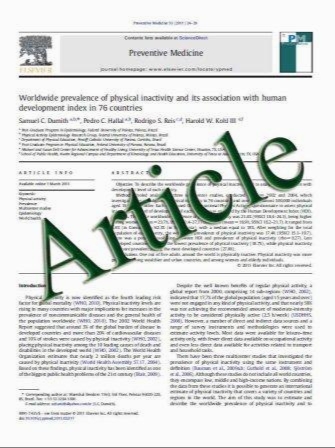Vagus nerve stimulation: from pre-clinical to clinical application: challenges and future directions
- نوع فایل : کتاب
- زبان : انگلیسی
- مؤلف : Gaetano M. De Ferrari • Peter J. Schwartz
- چاپ و سال / کشور: 2010
Description
Vagus nerve stimulation was performed experimentally for the first time more than 150 years ago. In the 1980s and 1990s, vagus nerve stimulation was shown, both in the anesthetized and in the conscious animal, to exert marked antiarrhythmic effects, particularly during acute myocardial ischemia. There is a strong rationale for a beneficial effect of augmented vagal activity in the setting of chronic heart failure. Studies in experimental models of heart failure showed that chronic vagus nerve stimulation exerts beneficial effects on left ventricular function and on survival. Vagus nerve stimulation is approved in man for refractory epilepsy and depression. The first-in-man study performed in 32 patients with chronic heart failure suggests that vagus nerve stimulation was safe and well tolerated. Six months of open-label treatment was associated with significant improvements (P\0.001) in NYHA class, quality of life, 6-min walk test, LV ejection fraction (from 22 ± 7 to 29 ± 8%), and LV systolic volumes (P = 0.02). These improvements were maintained at 1 year. Mechanisms of action may include the following: heart rate, anti-adrenergic, antiapoptotic, and anti-inflammatory effects as well as an increase in nitric oxide. Controlled clinical trials will start soon to assess whether vagus nerve stimulation can indeed represent a new non-pharmacological approach for the treatment of symptomatic heart failure.
Heart Fail Rev (2011) 16:195–203 DOI 10.1007/s10741-010-9216-0 Published online: 17 December 2010


